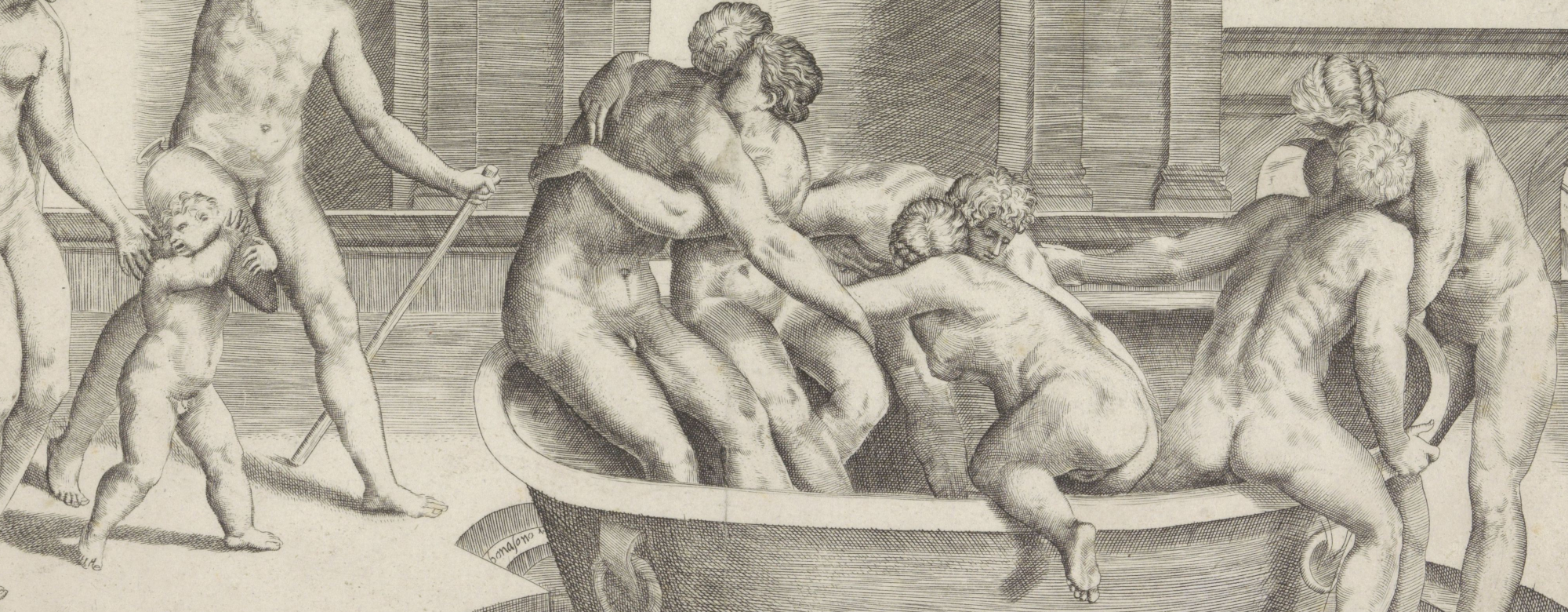Comparative Report on the National Implementations of Article 17 of the Directive on Copyright in the Digital Single Market
In 2019, the EU’s Copyright in the Digital Single Market Directive (CDSMD) was adopted. This included the highly controversial Articles 15 and 17 on, respectively, the new press publishers’ right (PPR) and the new copyright liability scheme for OCSSPs (“online content-sharing services providers”). In a report published in September 2022, I undertook research into the […]



